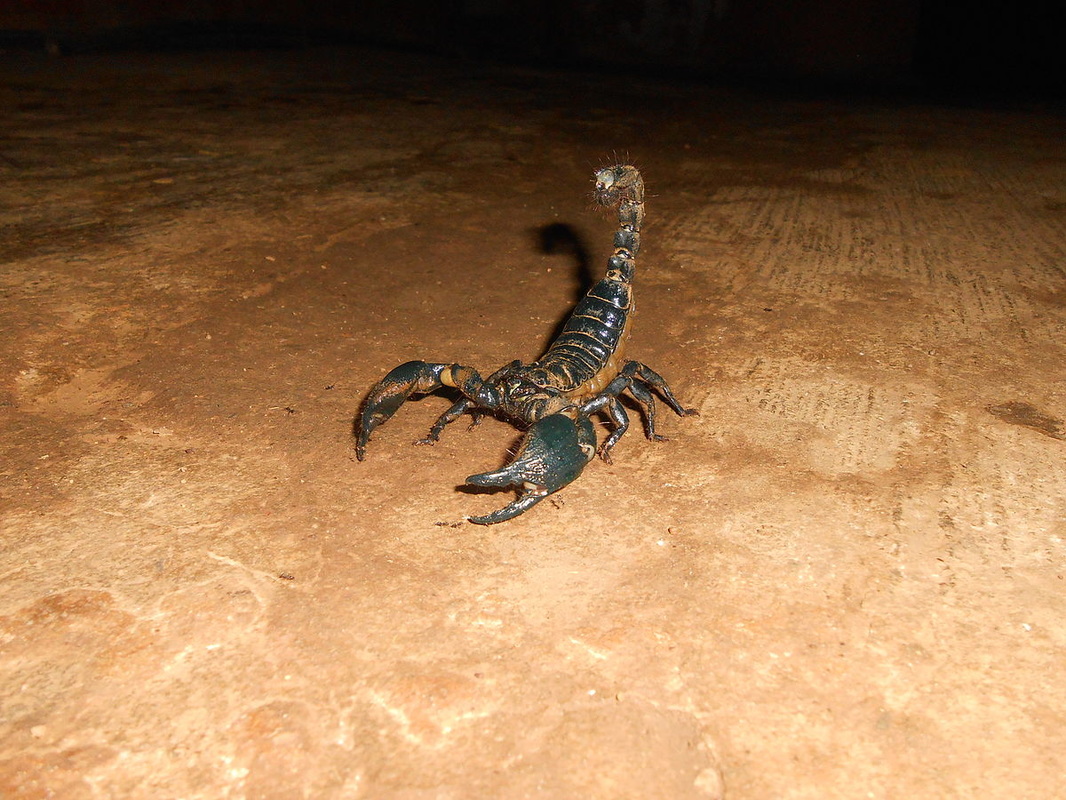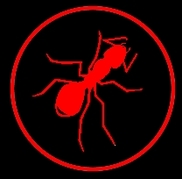Giant Asian Forest Scorpion
Heterometrus swammerdami
Where is it found?
Forests
Diet and foraging method
Key adaptations
All scorpions have large pincers and a stinging tail for defense, although the genus Pandinus rarely use their sting, opting to use their massive pincers instead. The hairs all over scorpions are also very sensitive, they use these to locate prey.
Social organisation and mating system
Solitary
The scorpions interlock pincers and perform a complex "dance". The male drops spermethecae and positions the female over it.
Did you know that...?
The Giant Asian Forest Scorpion is widely considered to be the largest scorpion in the world.
Taxonomy
Sources:
"Giant forest scorpion" by Nireekshit - Own work. Licensed under CC BY-SA 3.0 via Wikimedia Commons - https://commons.wikimedia.org/wiki/File:Giant_forest_scorpion.JPG#/media/File:Giant_forest_scorpion.JPG










